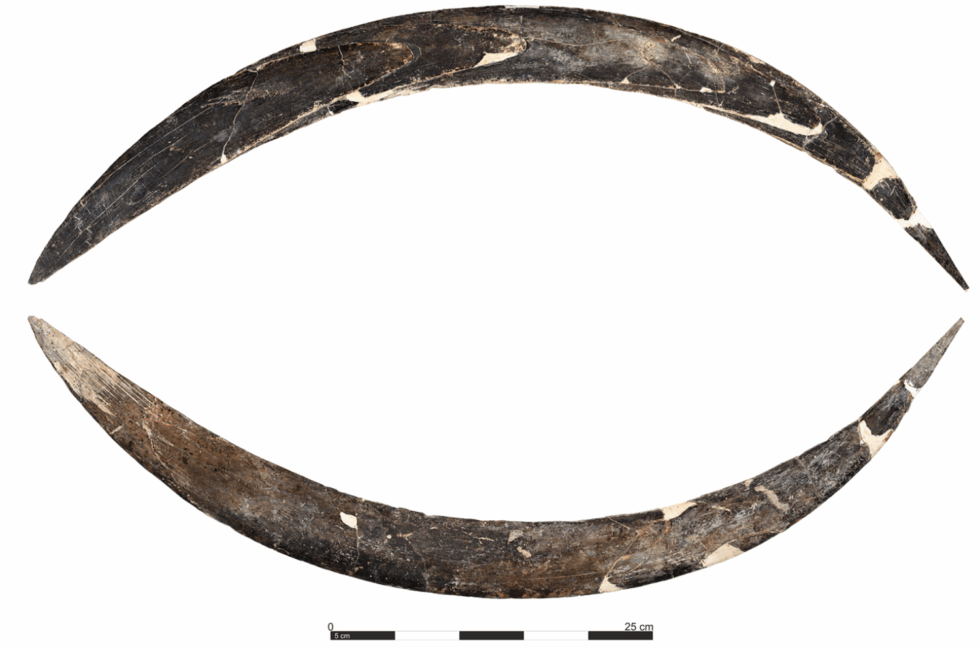A recent study has revealed that a boomerang found in Obłazowa Cave in southern Poland may be as much as 42,000 years old, making it one of the oldest known boomerangs in the world and the oldest in Europe.
Located in Małopolska, Obłazowa Cave is one of the richest Ice Age archaeological sites in Poland. The object was first found in 1985 by Paweł Valde-Nowak, a professor of archaeology at the Jagiellonian University in Kraków. It was believed to be from the Pavlovian culture, which existed in the area around 30,000-23,000 years ago.
That already made it the world’s oldest known boomerang – a claim even acknowledged by Guinness World Records. However, a new study by a group of international scholars published in the PLOS One scientific journal has found the item to be even older, dating back between 42,000 and 39,000 years.
Until now, it was believed that humans appeared in this part of the world only 35,000 years ago, which meant that after the extinction of Neanderthals, the region was supposed to have been uninhabited for millennia.
The new dating of the boomerang presents fresh evidence of the lasting presence of Homo sapiens in this part of Europe as early as around 42,000 years ago.
“It’s the oldest boomerang in the world, and the only one in the world made of this shape and this long to be found in Poland,” said Dr Sahra Talamo of the University of Bologna, Italy.
Valde-Nowak, who participated in the new research, told science news service Nauka w Polsce that the older dating of the boomerang and items found around it will necessitate a “huge interpretative change”.
This was a “moment of an explosion in the spiritual culture of humans”, who “began to experience deeply, to react and externalise their feelings”. He noted that examples of this have been found in France, Spain and Germany, but “the Obłazowa cave is the only evidence of such behaviour in Polish lands at that time”.
For now, however, the scientists cannot say for certain whether the boomerang had a symbolic and spiritual meaning and is evidence of early human rituals, or whether it was more of a utilitarian item.
The research, supported by the European Research Council and Polish National Science Centre, highlights the adaptability of early humans to harsh glacial environments and underscores the importance of Obłazowa Cave in understanding the beginnings of human culture in Poland.

Source:


